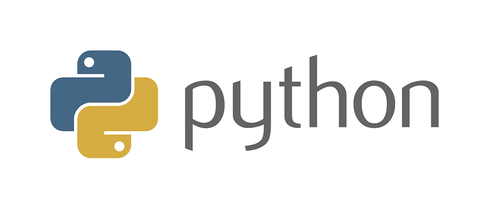In the digital age, email addresses are the cornerstone of online communication. They serve as keys to access a multitude of services, ranging from social media platforms to e-commerce websites. However, handling user-provided email addresses in your Python applications can be tricky. Ensuring that these addresses are valid and correctly formatted is crucial for data integrity and security. In this comprehensive guide, we'll delve deep into the world of email validation in Python, empowering you to become a master of this essential skill.
The Importance of Email Validation
Before we dive into the intricacies of Python email validation, it's crucial to understand why this process is so important. Invalid or improperly formatted email addresses can lead to various problems, including:
1. Data Integrity
Maintaining a clean and accurate database is vital for any application. Invalid email addresses can clutter your database, making it challenging to communicate with users effectively.
2. User Experience
User registration and authentication heavily rely on email addresses. When users mistype their email addresses during registration or password reset, it can lead to frustrating experiences and potentially lost customers.
3. Security
Malicious actors often exploit vulnerabilities related to email addresses. By providing fake or invalid email addresses, they can gain unauthorized access or flood your system with spam.
Now, let's embark on a journey through the world of Python email validation, starting with the most fundamental techniques.
Technique 1: Regular Expressions (Regex)
One of the classic methods for email validation in Python is using regular expressions (regex). Regex allows you to define a pattern that an email address must match. Here's a basic example:
import re
# Define the email regex pattern
email_pattern = r'^[\w\.-]+@[\w\.-]+\.\w+$'
# Function to validate an email address
def validate_email(email):
if re.match(email_pattern, email):
return True
return False
# Test the validation function
if validate_email("[email protected]"):
print("Valid email address")
else:
print("Invalid email address")
In this code snippet, we import the re library and define a regex pattern for a typical email address format. This pattern checks for the presence of "@" and a valid domain name.
While regex is a powerful tool for email validation, it may not cover all edge cases. Let's explore more robust solutions.
Technique 2: Using Third-Party Libraries
Python's rich ecosystem offers various third-party libraries specifically designed for email validation. One such library is the email-validator library by Josh Data. It provides a comprehensive solution for validating email addresses.
Here's how you can use it:
from email_validator import validate_email, EmailNotValidError
# Function to validate an email address
def is_valid_email(email):
try:
# Validate the email
valid = validate_email(email)
# Replace with the normalized version of the email
email = valid.email
return True
except EmailNotValidError as e:
# Invalid email
return False
# Test the validation function
if is_valid_email("[email protected]"):
print("Valid email address")
else:
print("Invalid email address")
The email-validator library not only checks the format but also validates the email's domain existence, ensuring a higher level of accuracy.
Technique 3: PyPI Packages for Email Validation
PyPI, the Python Package Index, hosts numerous packages that simplify email validation. One such package is validate-email-address, which not only validates but also provides suggestions for similar email addresses.
Here's how to use it:
from validate_email_address import validate_email
# Function to validate an email address
def is_valid_email(email):
result = validate_email(email, verify=True)
return result.is_valid
# Test the validation function
if is_valid_email("[email protected]"):
print("Valid email address")
else:
print("Invalid email address")
This package enhances user experience by suggesting corrections for mistyped email addresses.
Frequently Asked Questions (FAQs)
Q1: What is the best method for email validation in Python?
A1: The best method depends on your specific requirements. If you need a simple and quick validation, regex can suffice. For a more robust solution, consider using third-party libraries like email-validator or PyPI packages like validate-email-address.
Q2: Can email validation prevent all invalid addresses?
A2: No, email validation cannot guarantee 100% accuracy. It can catch most common mistakes, but some edge cases may still slip through. Always combine validation with user confirmation to enhance accuracy.
Q3: How can I handle disposable or temporary email addresses?
A3: You can maintain a list of disposable email domains and check incoming email addresses against this list. Some third-party libraries offer this functionality out of the box.
Q4: Should I validate email addresses during registration or later in the process?
A4: It's advisable to perform basic validation during registration to ensure users provide correctly formatted email addresses. However, you can perform more extensive validation, including checking for disposable domains, later in the process.
Q5: What's the best practice for storing validated email addresses in a database?
A5: Store the normalized (lowercase) version of the email address in your database to prevent duplicate entries caused by variations in letter casing.
Conclusion
Mastering email validation in Python is a crucial skill for any developer working with user data. By implementing proper email validation techniques, you can ensure data integrity, enhance user experiences, and bolster your application's security.
In this comprehensive guide, we've explored various email validation methods, from regex to third-party libraries and PyPI packages. Remember that no validation method is foolproof, so it's essential to combine validation with other security measures for robust email handling in your Python applications.
As you continue to refine your skills in Python email validation, you'll contribute to creating more secure and user-friendly applications in the digital world. Happy coding!



